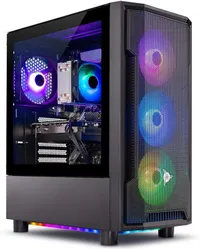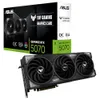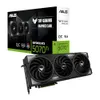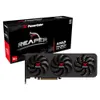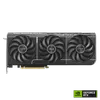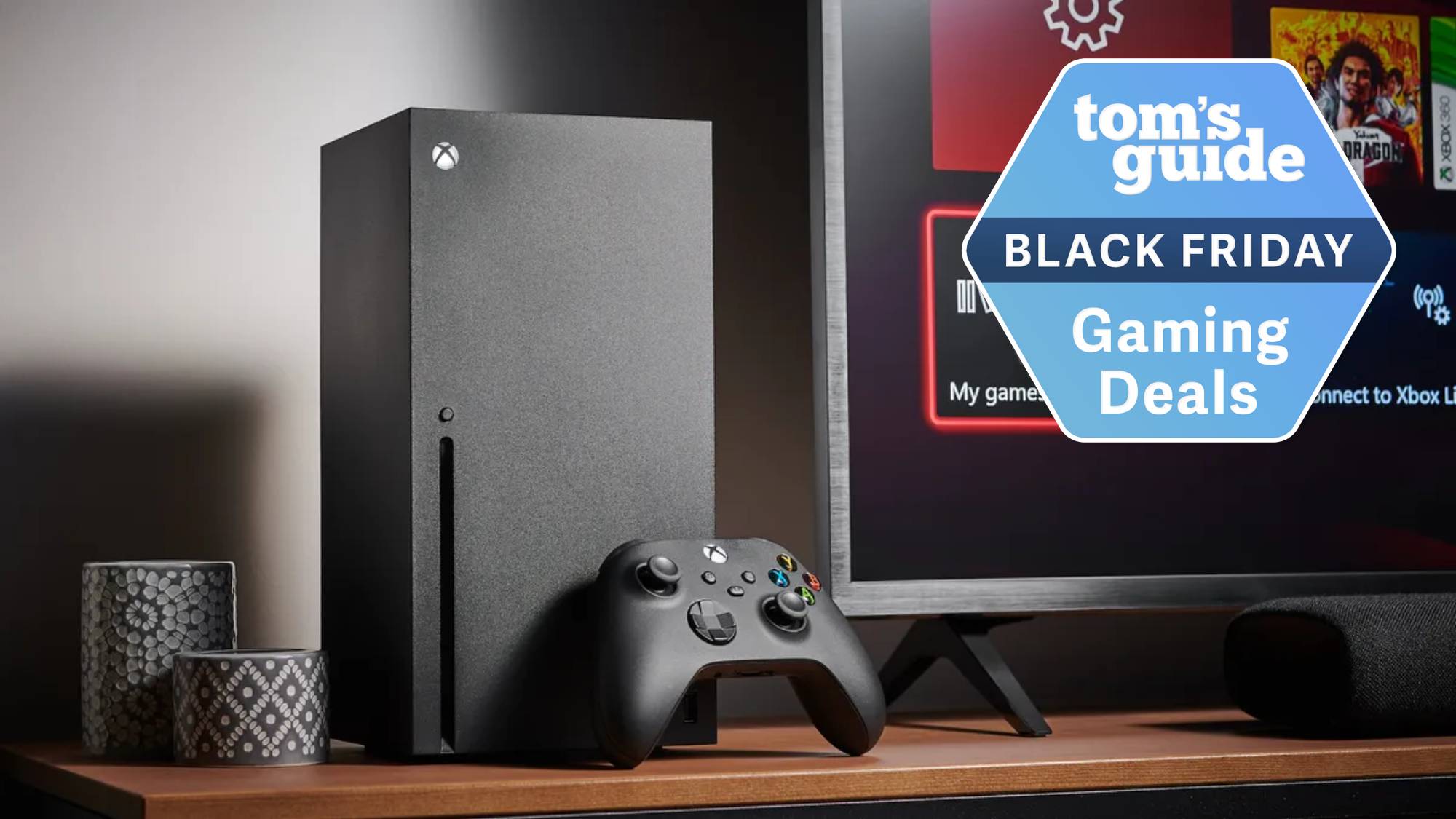I played Call of Duty on AMD’s Radeon RX 9070 — and this GPU could steal the mid-range crown from Nvidia’s RTX 5070
It might just beat Nvidia at its own mid-range game
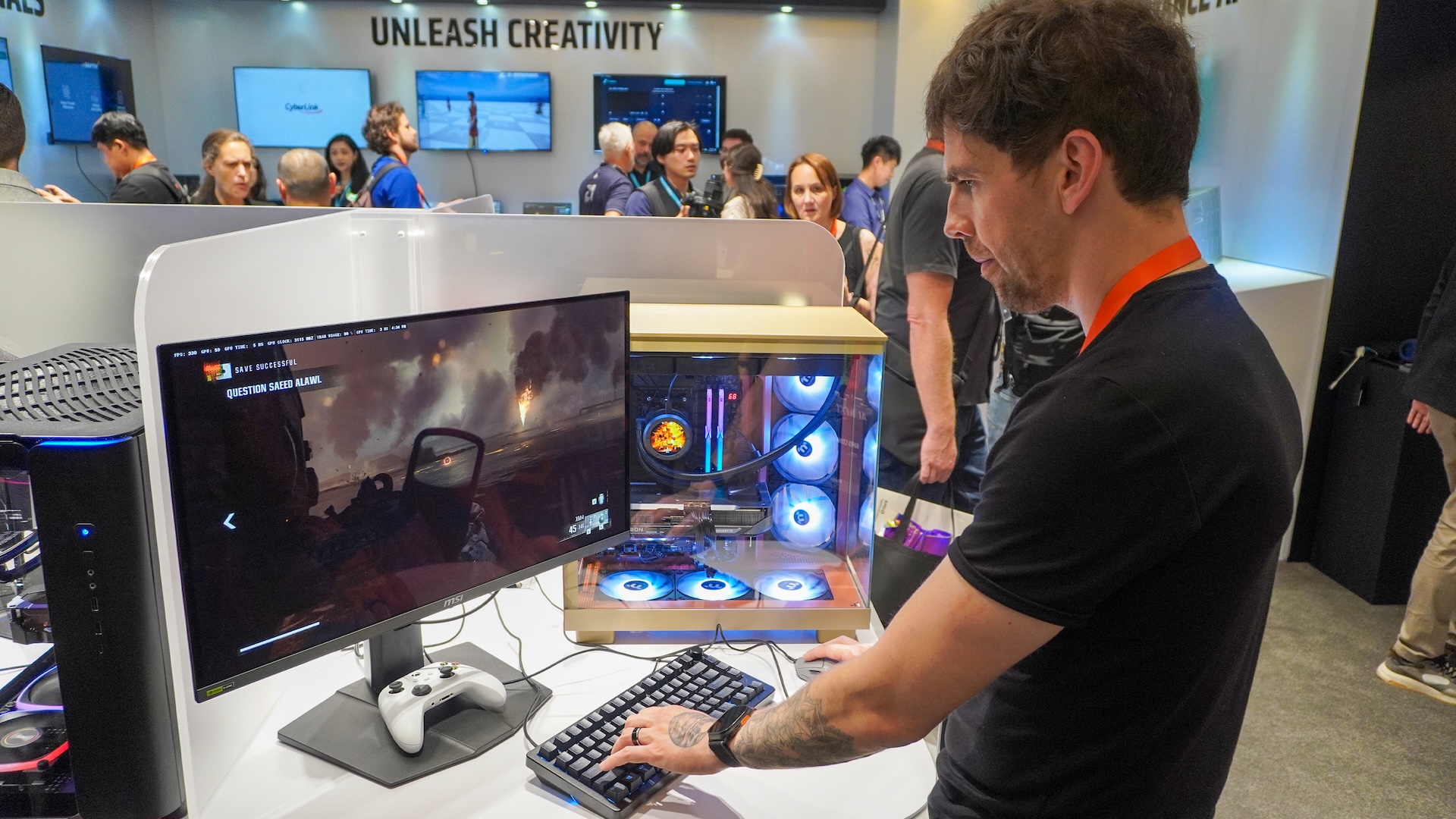
AMD’s Radeon RX 9060 XT just became Nvidia’s worst nightmare — RTX 5060 Ti and the RTX 5060. But that’s not the only place these two PC gaming titans are tangled in, as the RX 9070 is in a straight-up equally-priced scuff-up with the RTX 5070.
With both getting an MSRP of $549 (with prices after the obligatory increases being the same at roughly $700), the question of which is the better mid-ranger comes down to specs and capabilities, which you’ll find AMD and Nvidia regularly trading blows as you go down the list.
But AMD is closing the gap to Team Green in two very important ways:
- AI trickery: Nvidia’s DLSS has been dominant for the past few years, but AMD’s FidelityFX Super Resolution (FSR 4) has caught up a lot, and may even match up to it with the upcoming ‘Redstone’ update in June.
- Ray tracing: The RTX GPU ray tracing cores have been the clear winners when it came to tracing those rays vs AMD — more efficiently using the video memory on board and being much quicker to calculating the accuracy of those reflections and light bounces. That gap has practically disappeared with this generation of GPU.
So as someone who has an RTX 5070 gaming PC, you know I had to jump at the chance to get my hands on an RX 9070 desktop, play test Call of Duty, and see what the differences are between my Nvidia rig and this AMD machine.
Best AMD Radeon RX 9070 deals
Best pre-build price
For what you get, this is a fantastic price for a mid-range gaming desktop. Inside, you’ll find an Intel Core i5-14400F CPU, that RX 9070 GPU, 16GB of DDR5 RAM and a 1TB NVMe SSD. Keeping it cool is a beasty liquid cooling block for rock solid thermal management, and powering it is a 650W power supply — more than enough for all the components.
Best GPU price
With a triple cooling fan array, Gigabyte’s overclockable RX 9070 is sure to not break into a sweat whatever games you throw at it. Pair that with the 16GB of video memory, a 5.2GHz clock speed, and access to all those new and upcoming FSR 4 technologies, and you’ve got a card that’s going to be a stunner for a long time to come.
What’s the setup?
Gorgeous, isn’t it! Whoever built this tower for the AMD Connect session deserves a medal for the choice of an all-glass case to really show it in all its glory.
But I digress, you’ve got a ton of 120mm fans in here for cooling, 32GB of DDR5 RAM, an AMD Ryzen 7 9800X3D, Gigabyte’s Radeon RX 9070, and it’s all connected to the fantastic MSI MPG 272URX QD-OLED monitor — high 4K resolution and buttery smooth 240Hz refresh rate.
How does it play?
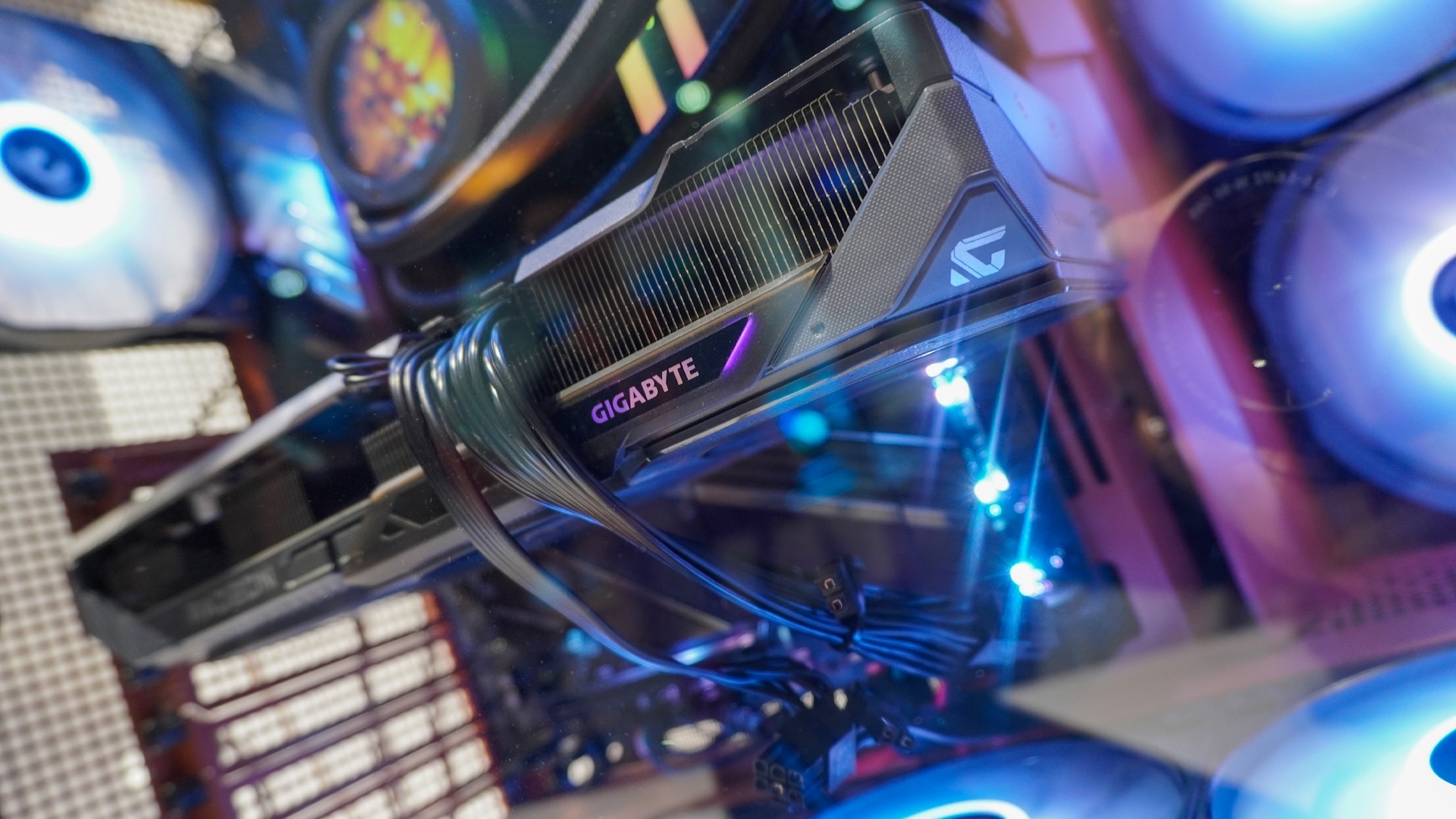
So in my time with this beast of a PC at Computex 2025, I got to play around about an hour of Call of Duty action — including the opening scene of Black Ops 6 and an AI-filled multiplayer match. That last one is entirely my choice, as I didn’t want to get annihilated over and over again.
Get instant access to breaking news, the hottest reviews, great deals and helpful tips.
I tried all the settings I possibly could, at both QHD and 4K visual quality and everything turned up to max (just like I did with the RTX 5070 at home). When running the COD multiplayer benchmark with no frame gen, the 5070 hit 67 FPS at home. But AMD has managed to usurp this with 70 FPS.
This discovery taught me two key things:
- I thought DLSS had a convincing lead over FSR, but that gap is definitely closer than I expected.
- More video memory is better than faster video memory. Of course it’d be great to get the best of both worlds here, but the difference between AMD’s GDDR6 and Nvidia’s GDDR7 video memory doesn’t seem to be impacting game performance anywhere near as much as the difference between the RTX 5070’s 12GB and the RX 9070’s 16GB.
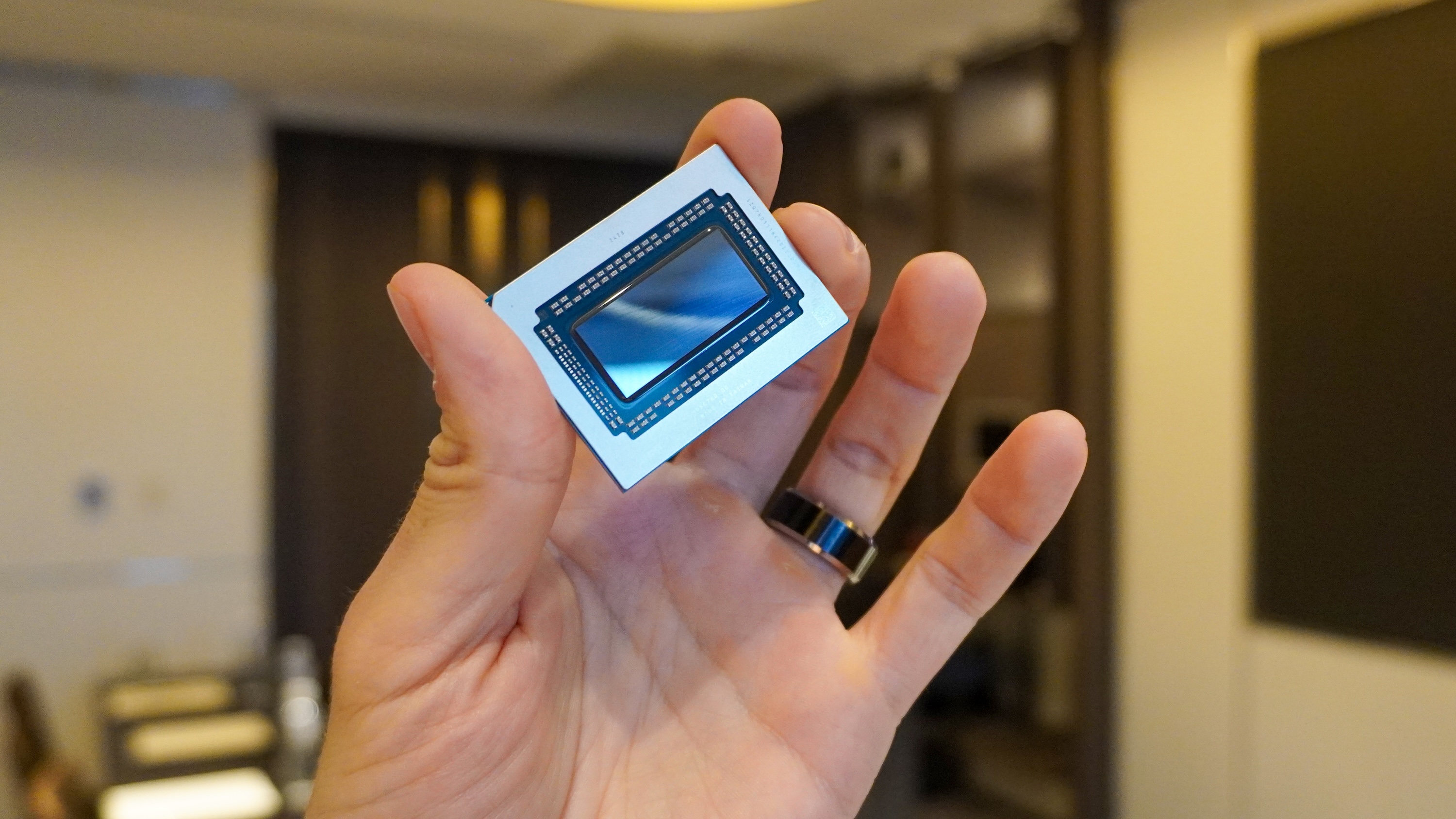
But if you take some time to really hone the settings, you can get something beautiful. FSR 4 resolution scaling at 1440p is ferocious at its job of sharpening a downscaled image — creating immersive graphics while also managing to give you insane 300+ FPS frame rates with settings turned to max.
And for those multiplayer gamers out there, you’ll love the 5ms response time regardless of this tech being turned on. Traditionally, if AI is working in the background on making your game look prettier, it can be an extra layer of complexity that will add a little more latency to your gameplay inputs.
Nvidia’s answer is Reflex, which does a fantastic job. Now, I don’t know what AMD’s doing to match Reflex’s energy, but it’s definitely working — especially in a hyper-optimized game like this!
The ‘She’s all that’ of upscaling tech
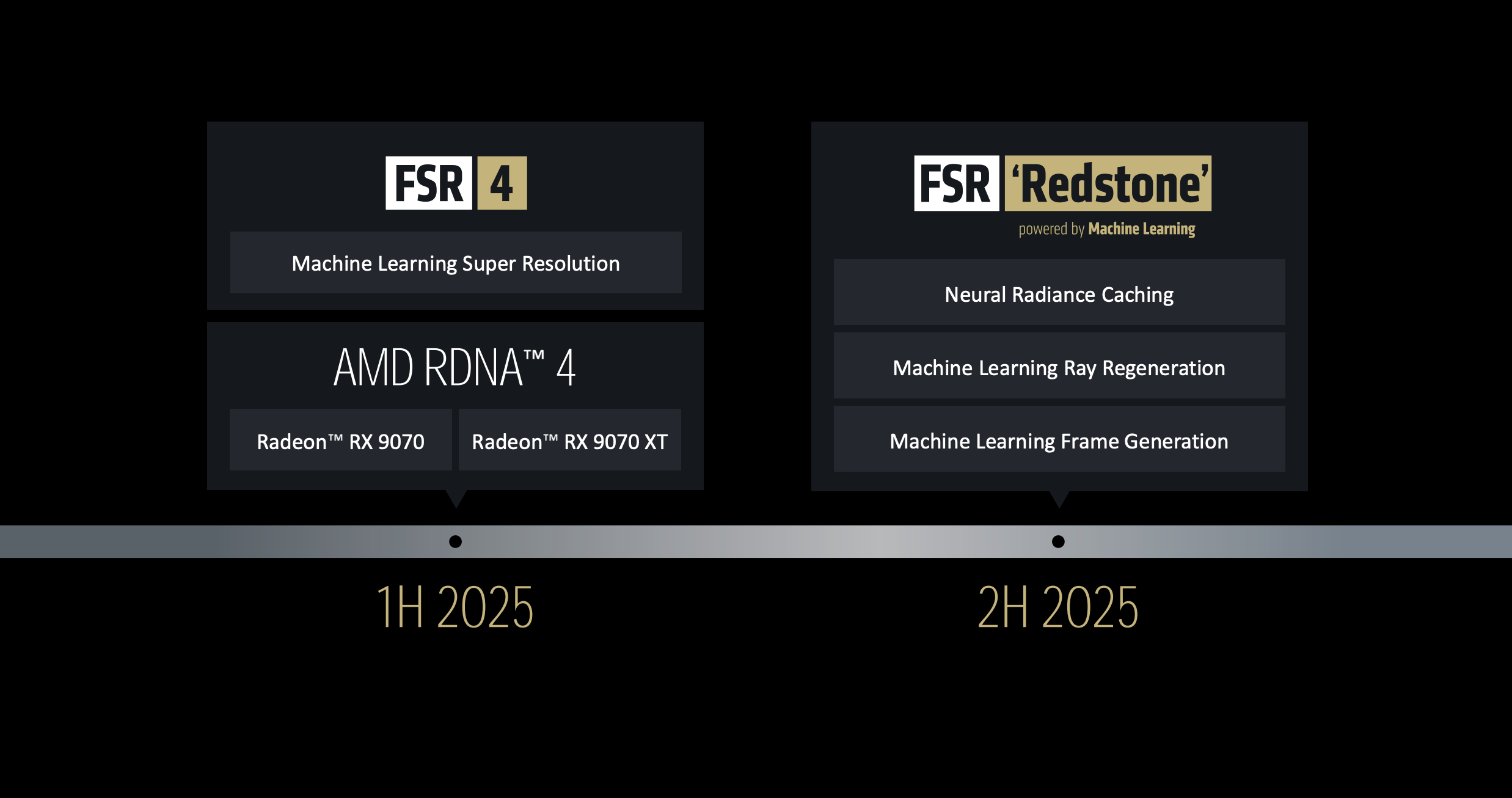
I’m writing this section while in the midst of a 15-hour flight back to the U.K. Based on that sub-heading, I assume you can guess what film I most recently watched…
To really understand just how this transformation to AMD’s game performance-improving tech feels like it’s hit us outta nowhere like an RKO, let me give you a timeline of this feature.
Basically, in the early 2020s, Nvidia and AMD were both pursuing this kind of tech, but picked different ways to get there.
- For DLSS, Jensen’s crew guessed that AI would be the big factor in driving this tech and simplifying implementation for developers — using a trained AI model to look at what’s going on on-screen and figure out the best ways to improve performance. To paraphrase the Grail Knight from Indiana Jones and the Last Crusade, they chose wisely.
- Meanwhile, AMD went a different direction with FSR — going Temporal-based for its resolution scaling and frame generation, which relies a lot more heavily on hand-coded algorithms for each game to grab a frame’s information. I can see the Grail Knight shaking his head and saying Team Red “chose poorly.”
And given the meteoric leap forward AMD has made by building FSR 4.0 on the GPU’s RDNA 4 architecture, it’s clear they know they picked the wrong path. Everything is now AI-based in its resolution upscaling and frame generation.
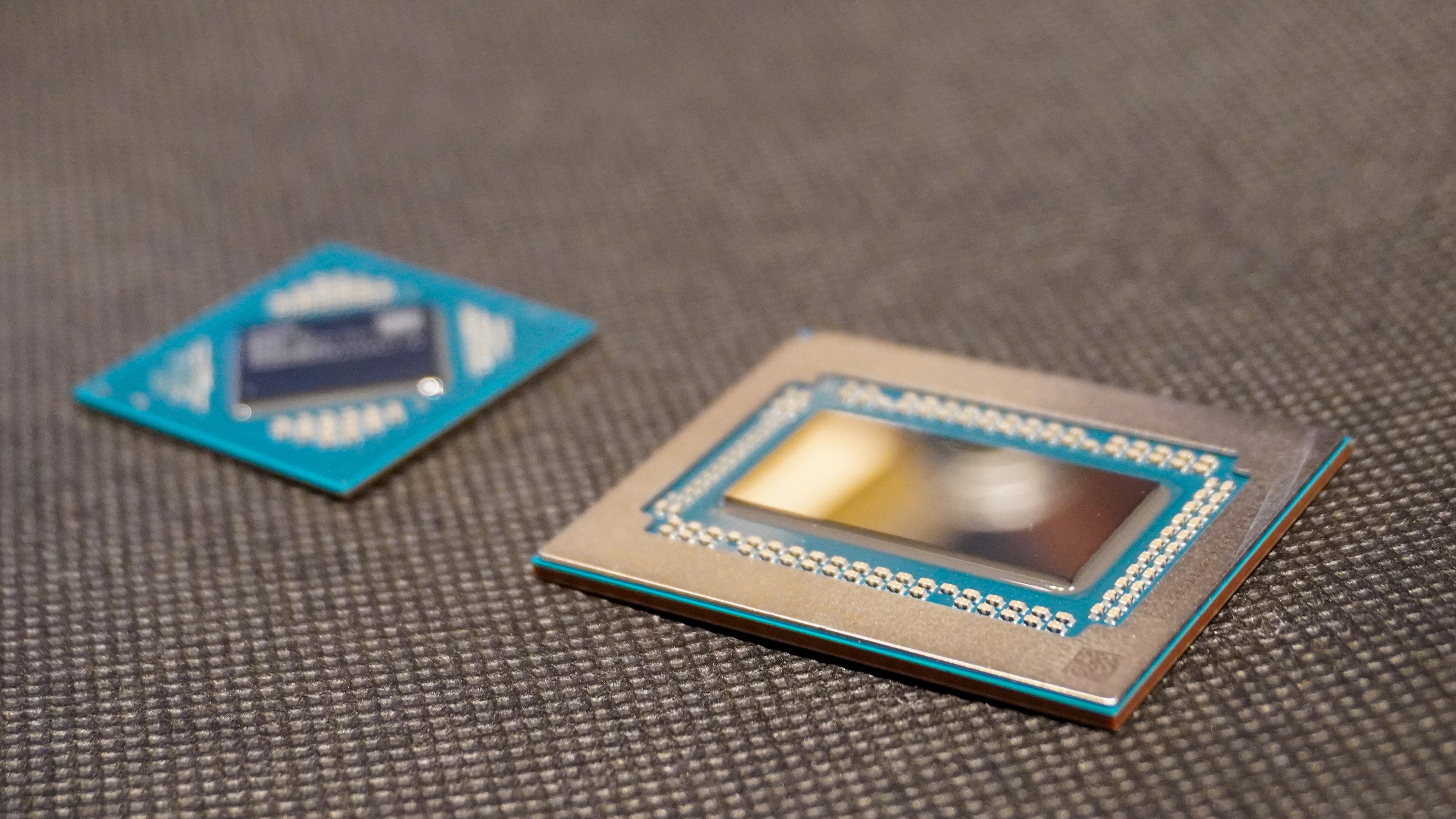
Plus, the next version codenamed ‘Redstone’ (launching in June) is bringing a lot more Neural rendering techniques to arm the 9070 for the future of path traced games — basically the next generation of ray tracing that will surely melt some of these GPUs if you tried to run them without any AI tricks.
Did AMD kind of copy Nvidia’s work on DLSS here? Sure. But it’s the best decision the company ever made to really close the gap to Team Green!
With the 9070, AMD just took its glasses off and sauntered down the stairs in slow motion, while “Kiss Me” by Sixpence None the Richer plays in the background… I’m getting distracted!
Outlook
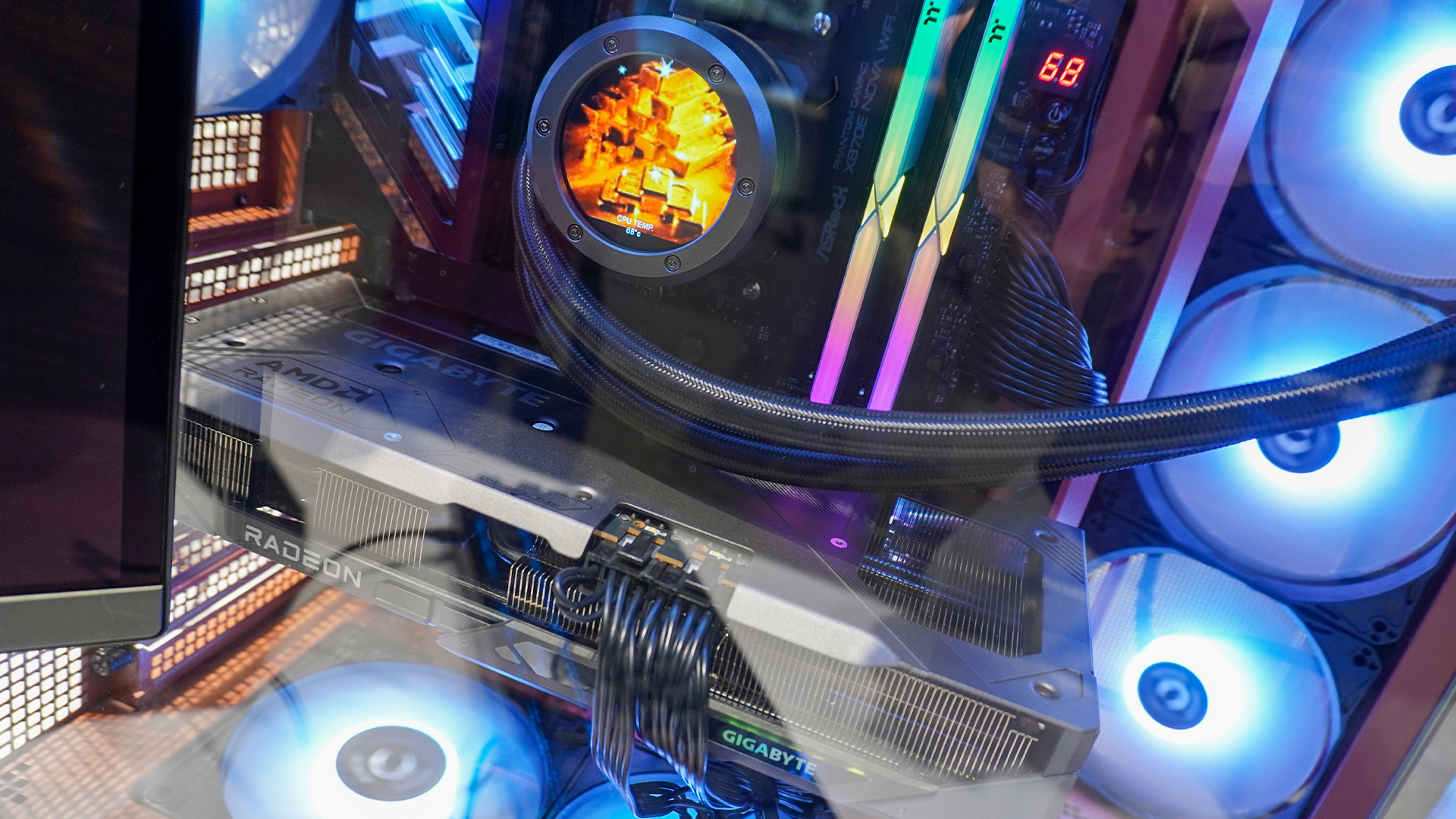
Getting back on task here, from what you actually get for your money here with the Radeon RX 9070, seeing FSR 4 hard at work producing some visually stunning and smooth gameplay, and the future roadmap of what’s to come with ‘Redstone,’ it becomes clear why I was blown away by AMD’s beasty GPU.
While nothing has quite managed to match the Intel Arc B580 for value for money, when it comes to the best price-to-performance at both 1440p and 4K with pretty much everything turned up to max, I think AMD might have this in the bag over Nvidia.
But to find out for sure, I’ll have to test these fully and review them… Well, watch this space!
More from Tom's Guide
- Best of Computex 2025: The top 15 gadgets of the world’s biggest computing show
- I saw Nvidia's RTX-powered AI avatar in action, and this digital human interface has a sense of humor
- Meet the weirdest gaming PC I’ve ever seen — desktop GPU with a laptop CPU!?

Jason brings a decade of tech and gaming journalism experience to his role as a Managing Editor of Computing at Tom's Guide. He has previously written for Laptop Mag, Tom's Hardware, Kotaku, Stuff and BBC Science Focus. In his spare time, you'll find Jason looking for good dogs to pet or thinking about eating pizza if he isn't already.
You must confirm your public display name before commenting
Please logout and then login again, you will then be prompted to enter your display name.
